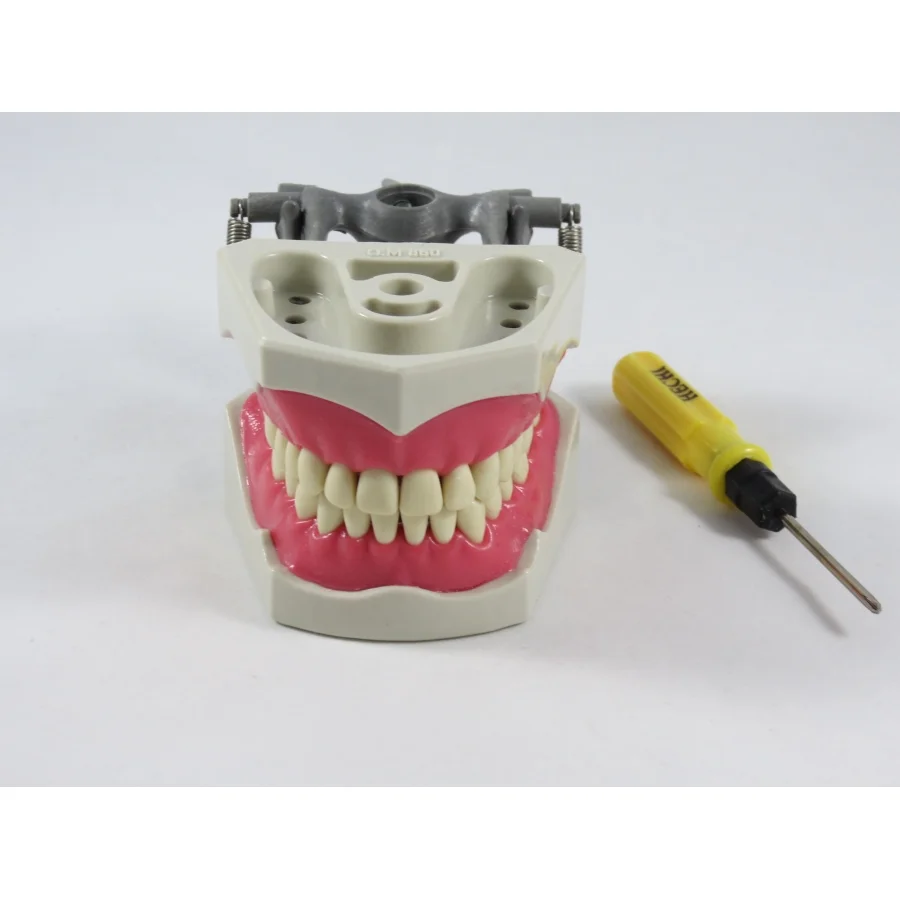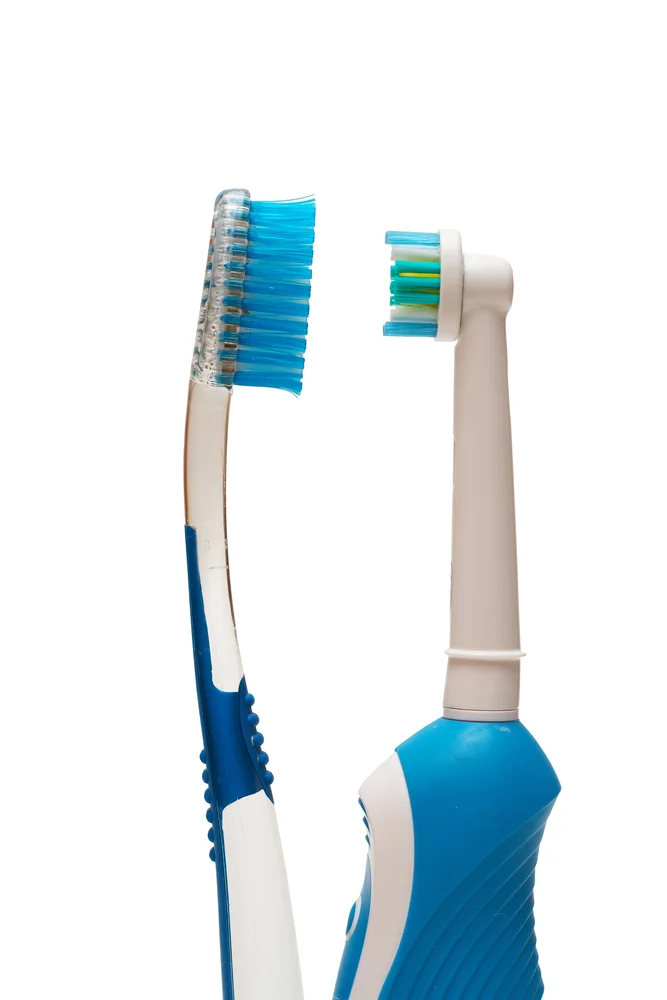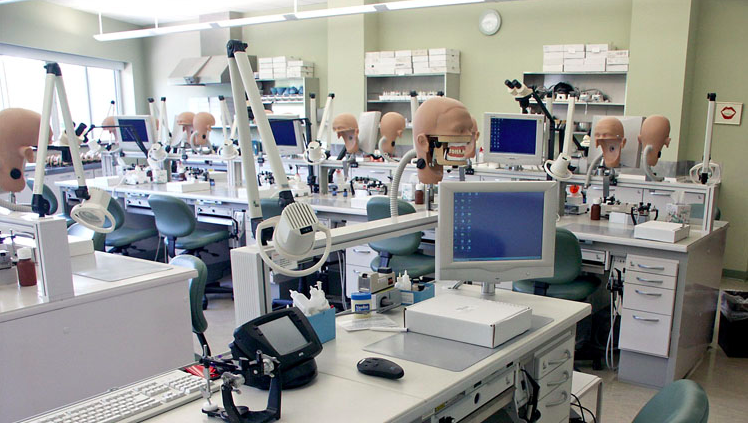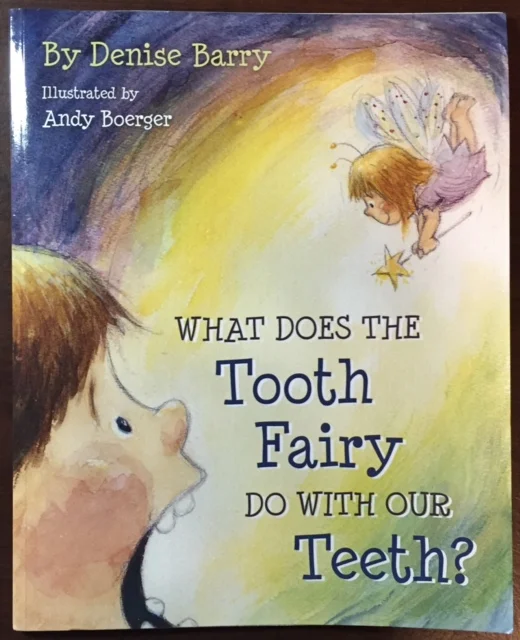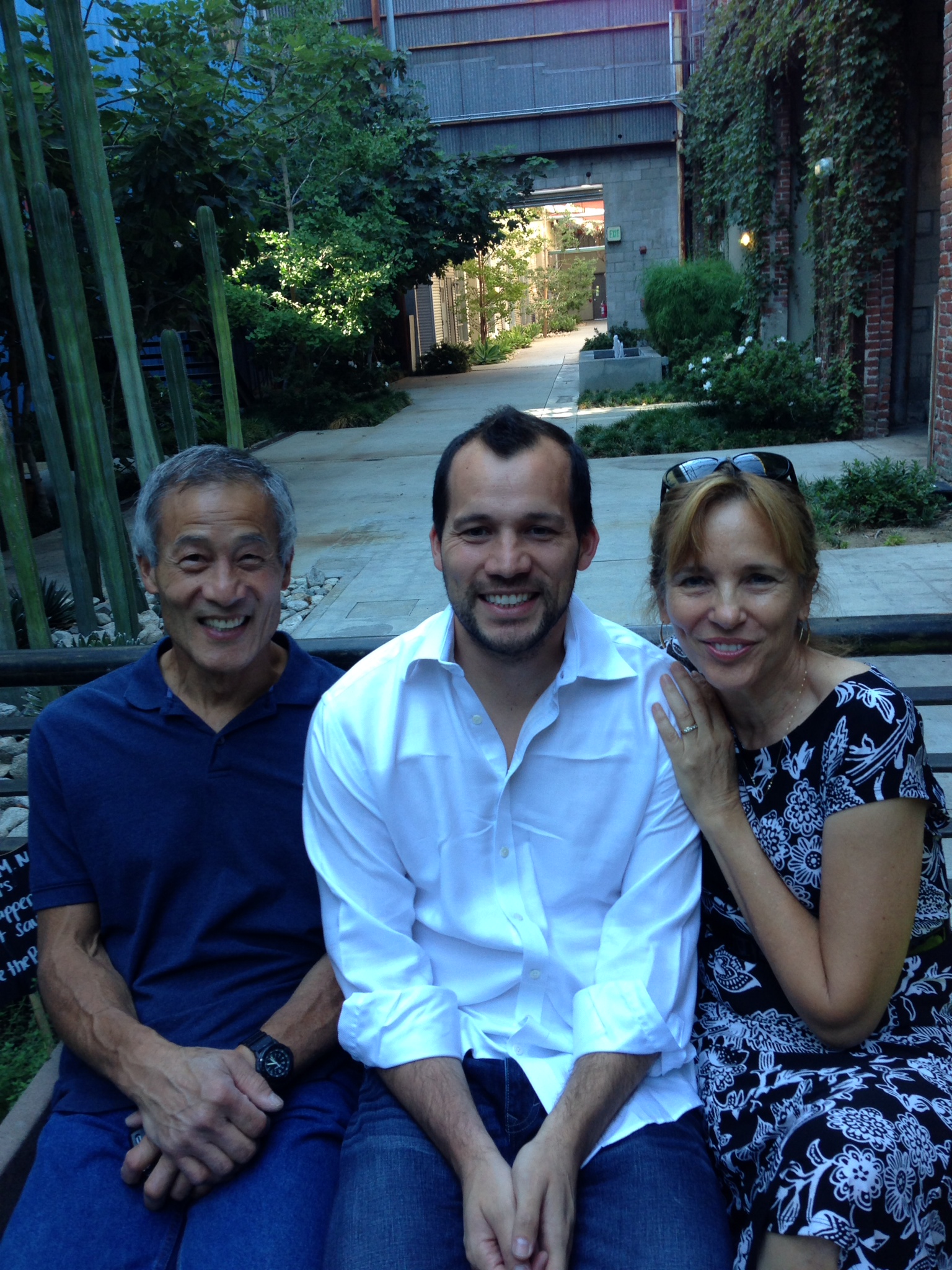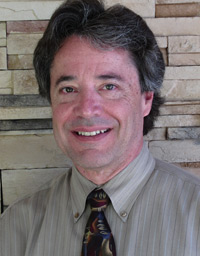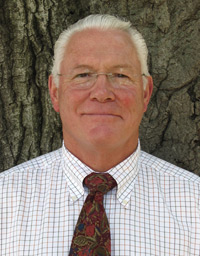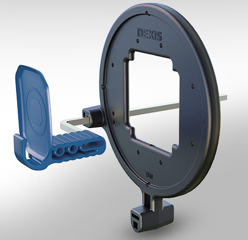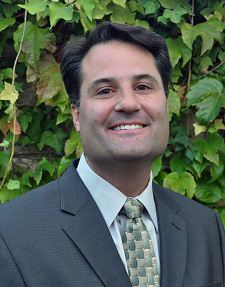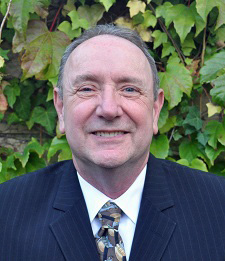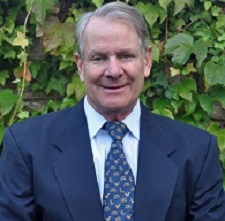A typical practice model used in dental education. It helps simulate the restraints and difficulties of working on a real patient.
Most people outside of the profession can't say they know much about dental education. Of course dentists learn about teeth and the mouth, but what about the rest of the body? How long is dental school? Is there a difference between a D.D.S. and a D.M.D. degree? We compiled a short list of lesser known facts about dental school to separate some of the truths from the rumors! Take a look:
1. Most schools require dental students to dissect a human body from the head and neck to the torso. Some require a whole-body dissection. This includes structures such as the arms, GI tract and heart.
2. Some schools hold courses and seminars on dental research. These are classes specifically geared towards evaluating research papers for clinical application.
3. The average dental student doesn't get to work on an actual patient until they have completed two years of didactic education. Only then are they allowed clinical responsibility.
4. Dental residencies can take from 1-6 years in addition to the four years of dental school. The longest (6 years) is for a joint DDS/MD degree in oral and maxillofacial surgery. That rounds up to 14 years of college education!
The beige tooth was actually hand carved from wax. Students are required to make teeth from wax to learn about the finer points of dental anatomy.
5. Dental students still learn how to hand form teeth from wax. Although this technique is dated, it teaches invaluable lessons on tooth anatomy.
6. There are over 60 dental schools in the United States.
7. Some schools grant D.D.S. degrees and other grant the title of D.M.D. There is absolutely no difference in the responsibilities and privileges between degrees; they are completely equal!
8. Dental residents (post-doctoral students) can be called upon to assist in many hospital duties. Some even provide general anesthesia for surgical cases.
9. There are nine ADA recognized dental specialties/residencies: Endodontics, Dental Public Health, Oral Pathology, Oral Radiology, Orthodontics, Oral Surgery, Pediatric Dentistry, Prosthodontics and Periodontics.
10. Dental education never stops. In order to hold a valid license, a dentist has to take continuing education courses every year.



